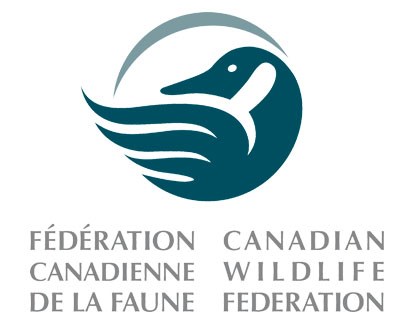The number of species at risk of extinction in Canada has risen to an alarming level and officials are meeting in Kananaskis, Alberta to plot a strategy to combat the increasing problem.
Rick Bates, Executive Vice-President and CEO of the Canadian Wildlife Federation, said there are about 700 species at risk in the country ranging from iconic ones like the North Atlantic Right Whale and the whooping crane down to turtles and amphibians.
“(The numbers) certainly continue to increase. The things that are driving this are loss of habitat, degraded habitat. For many of these, it’s aquatic habitat,” said Bates. “Their numbers are very low. Their habitat is in decline and the factors that are sort of driving that decline are still active.”
The CWF is calling Canadians to help chart a path forward for innovative actions to ensure abundant wildlife and habitat for future generations. Its 2017 National Conservation Summit, November 28 to December 1, brings together about 175 people with a broad range of perspectives on wildlife including environmental groups, indigenous leaders, hunting and angling organizations, academia, industry and government to seek collaborative action for fish, wildlife, and biodiversity conservation.
“With the recently released statistics about declining wildlife populations and biodiversity, we need to come together to seek solutions,” said Bates. “This is an opportunity for thought leaders from across all sectors to share their ideas and expertise to help shape the future of conservation in Canada.”
Bates said many of the country’s major ecosystems are also in serious decline - places like Prairie grasslands have been for a long time.
“We’re doing a poor job as Canadians of managing our biodiversity and it’s in decline. The things we’ve been doing really as a society haven’t been working,” said Bates.
The Summit focus is on four critical themes needed to address key conservation challenges such as a changing climate or cumulative impacts across a landscape/seascape. The themes are: thinking bigger and broader; making wildlife and habitat conservation relevant to Canadians; building new partnerships for action on conservation; and establishing new ways of financing conservation.
“We understand that what we’re doing isn’t working. We need to get way, way better as conservation organizations and society. We’re looking at how we can do that. So the four themes are broken into ways we think will help do that,” said Bates. “We need to think differently. We need to develop programs that are bigger scale, more effective at addressing these things.
“People care about the environment. We know that from all kinds of public surveys but translating that into a decision whether it’s land-use plans or environmental impact processes that sort of public commitment and value is often not well reflected in those formal processes. We’re looking at that and how we can be better.”
Funding is another key initiative. There are gaps where conservation groups don’t partner well with certain sectors of society including the financial community. Also, the gap between what is spent by government and non-government organizations and what is needed to meet the biodiversity strategy for Canada is enormous.
“We’re looking at ways to be creative. How do we bring private financing into conservation?” said Bates.
“These are core benefits to society. This is what our economies are based upon. The supply of water. The supply of goods and services that nature provides. This is the fundamental underpinnings of so many of our industries - agriculture, commercial fisheries, forestry, on and on and on. Yet our investment in that as a society is minimal.”
Also this week, the Committee on the Status of Endangered Wildlife in Canada is meeting in Ottawa to review the status of Canadian wildlife species that have been identified as potentially being at risk. This year marks the 40th anniversary of the committee.
COSEWIC will determine the status of 47 Canadian wildlife species. These 47 wildlife species include the American Bumble Bee, Fraser River Sockeye Salmon, Peregrine Falcon, Dolphin and Union Caribou and Grey Whale.
The committee is an independent advisory panel to the Minister of Environment and Climate Change Canada that meets twice a year to assess the status of wildlife species at risk of extinction. Members are wildlife biology experts from academia, government, non-governmental organizations and the private sector responsible for designating wildlife species in danger of disappearing from Canada.
For more information, visit www.cwf-fcf.org.



